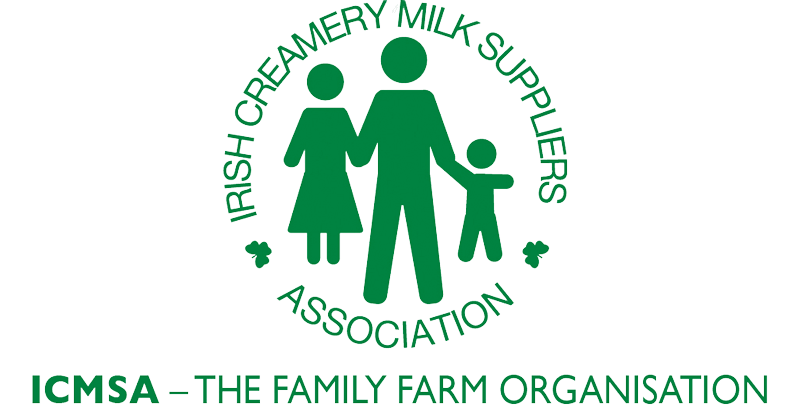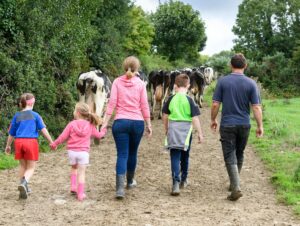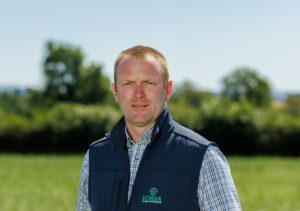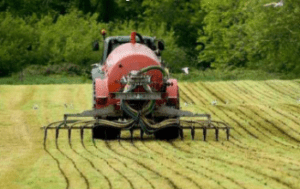
Green, Low-Carbon, Agri-Environment Scheme – (GLAS)
GLAS is a agri-environment scheme, part of the Rural Development Programme 2014-2020. GLAS achieves the objectives of Articles 28 and 30 of the Rural Development Regulation and ties in with the green vision for Irish agriculture as contained in Food Harvest 2020 and as promoted by Bord Bia in the Origin Green campaign.
The scheme is green as it preserves our traditional hay meadows and low-input pastures; low-carbon as it retains the carbon stocks in soil through margins, habitat preservation and practices such as minimum tillage; and, agri-environment as it promotes agricultural actions, which introduce or continue to apply agricultural production methods compatible with the protection of the environment, water quality, the landscape and its features, endangered species of flora and fauna and climate change mitigation.
How Does GLAS Work?
Anyone looking to enter the GLAS scheme must have applied to the Department of Agriculture. This cannot be done at present as new applications have not been open for submission since 2017. A new Agri-Environmental Scheme should be announce with the new CAP in 2021
If you were are part of GLAS 1, GLAS 2 or GLAS 3 you comply with the scheme, you must fulfil a number of core requirements, including the requirement to have a qualified agricultural advisor prepare and submit your application.
Applicants to GLAS were judged on whether they are Tier 1, 2 or 3 farmers. Tier 1 farmers were given first preference, then Tier 2, then Tier 3.
The selection process applied weightings in terms of environmental benefit to actions and a scoring system and was used to allocate places.
Maximum Payment
The maximum payment available under GLAS is €5,000.
Core Management Requirements (All of these requirements are compulsory)
-
An approved agricultural advisor must prepare the GLAS application
-
Nutrient Management Planning
-
Training in environmental practices and standards
-
Record keeping of actions delivered
Priority Environmental Assets and Actions (PEAs)
It is not guaranteed that all Tier 1 farmers will get into GLAS but those who get priority are farmers with Priority Environmental Assets and Actions (PEAs). The five PEAs are:
-
Farmland habitat (private Natura sites);
-
Farmland birds (Twite, Breeding Waders, Chough, Geese/Swans, Corncrake, Grey Partridge, Hen Harrier);
-
Commonages (50% minimum participation in GLAS Commonage Management Plan);
-
High status water area;
-
Rare breeds.
Registered organic farmers qualify for priority access to the scheme under Tier 1.
Environmental Assets and Actions
Farmers, who do not have Priority Environmental Assets but whose lands include a Vulnerable Water Area, may have applied for access to the scheme under Tier 2.
Tier 2 access was given for one of the following actions:
-
Low emission slurry spreading;
-
Minimum tillage;
-
Green cover establishment from a sown crop;
-
Wild bird cover (grassland farms only).
General Actions
These general actions seek to enhance the climate change, water quality and biodiversity benefits delivered. For low input permanent pasture, some of the options include traditional hay meadow, planting new hedgerows and arable margins.
Full terms and condition are available below.
Latest Headlines
- Sections
Contact Us
Telephone
+353 (0)61 314677
Address
ICMSA Head Office
John Feely House
Dublin Road
Limerick
V94 KX38





